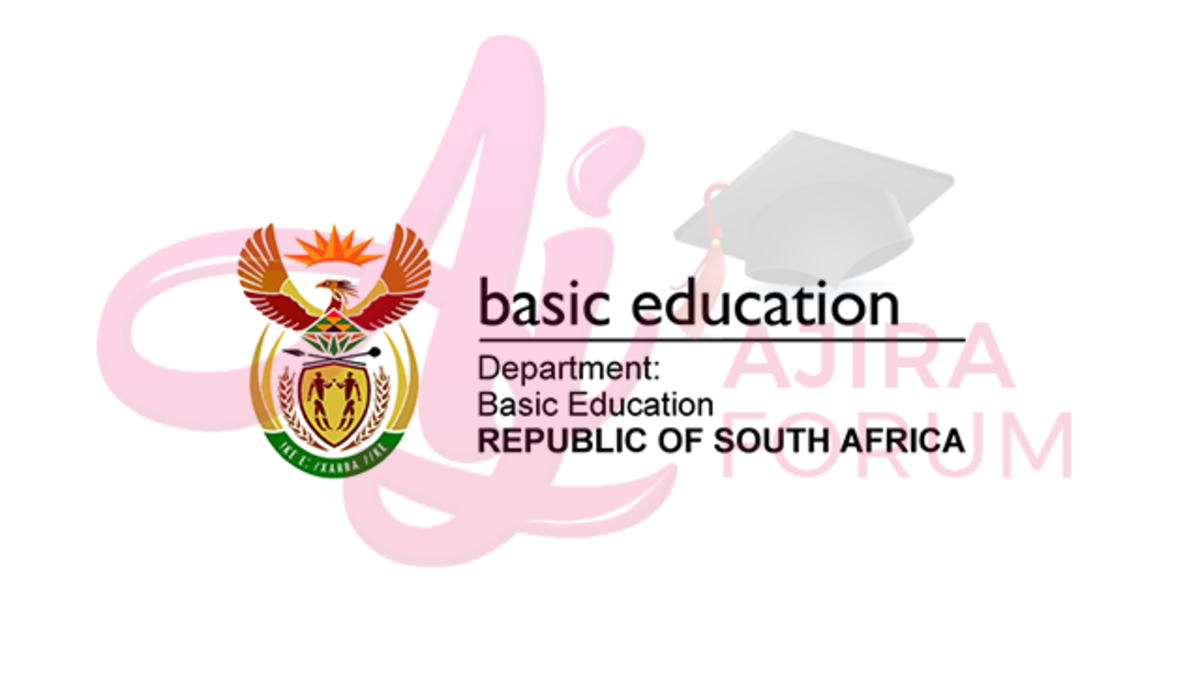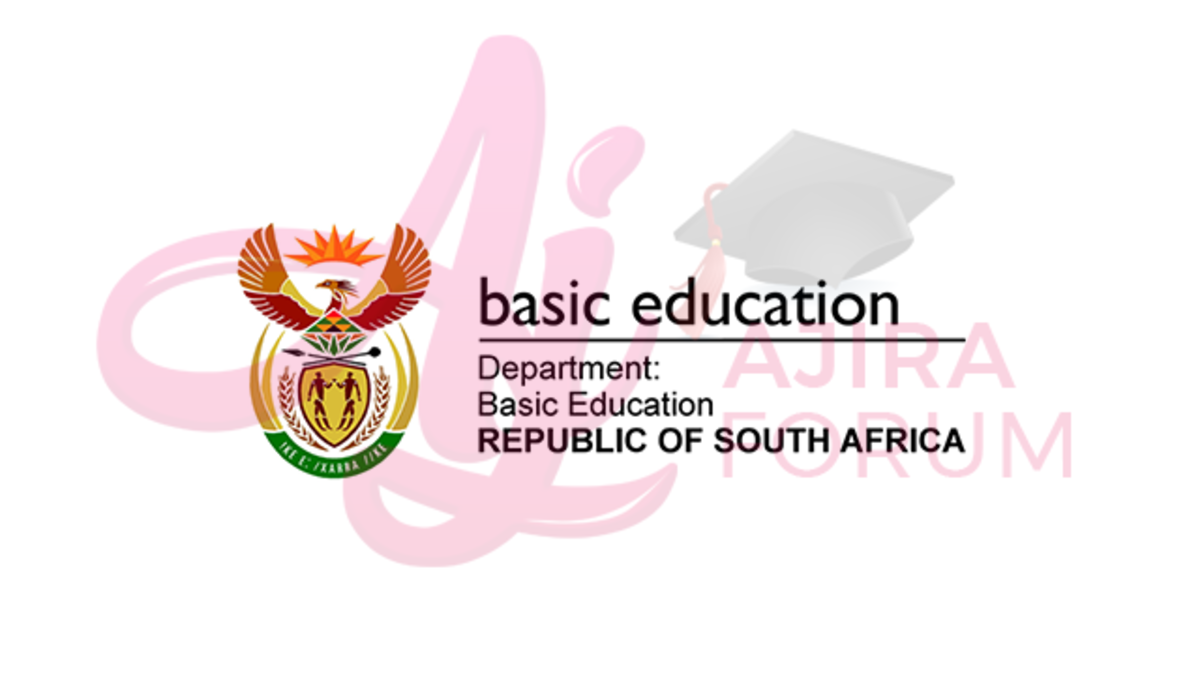JOIN OUR WHATSAPP GROUP. CLICK HERE
Generally Accepted Accounting Principles: GAAP Grade 12
Generally Accepted Accounting Principles: GAAP Grade 12 GAAP Grade 12 pdf: Generally Accepted Accounting Principles This is for the Accounting Grade 12 course.
The study material for Generally Accepted Accounting Principles: GAAP Grade 12 will assist you with your Accounting Subject Revisions, Tests, Exams, and Assignments.
Accounting Grade 12 focuses on performance measurement as well as the processing and communication of financial information concerning economic sectors. This discipline ensures that ethical behavior, openness, and accountability are followed. As a Grade 12 Accounting student, you will be responsible for the logical, systematic, and accurate selection and recording of financial information and transactions, as well as the compilation, analysis, interpretation, and communication of financial statements and managerial reports to interested parties.
What are generally accepted accounting principles?
Generally accepted accounting principles (GAAP) refer to a common set of accounting principles, standards, and procedures issued by the Financial Accounting Standards Board (FASB). Public companies in the U.S. must follow GAAP when their accountants compile their financial statements.
GAAP Principles with Examples
- Entity rule: The financial affairs of the owners should be kept separate from those of the business – they are separate entities. Example: The business has its own bank account and the owners each have their own bank accounts.
- Historical cost concept: Assets should be entered at its historical cost; this is the amount that was originally paid for them. Example: Land and buildings purchased for R500 000 will be entered at that amount in the books, even if the business can sell it for a lot more after a couple of years.
- Going concern concept: The financial statements of a business are prepared with the assumption that the business will continue operating in the foreseeable future. Example: If a business had stationery printed in the name of the business to the value of R5 000 and it is unused at the end of the financial period, it will be shown at that value in the financial statements as a current asset. However, if the business is closing down in the next financial period, this stationery will have no value.
- Matching concept: Income and expenses must be accounted for in the correct time period (the one in which they were incurred). Example: The telephone account for February 2020 must be taken into account in the financial period ending 28 February 2020, even though the account will only be paid in March 2020.
- Prudence concept: When uncertain results are estimated, it is important to ensure that assets and income are not overstated and liabilities and expenses are not understated. Example: If the business expects to make a profit of R100 000 on the sale of part of the building, it will not be entered in the books until the transfer of the land has been concluded.
JOIN OUR TELEGRAM CHANNEL. CLICK HERE




Be the first to comment